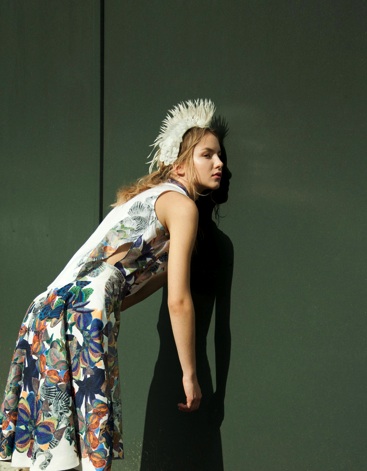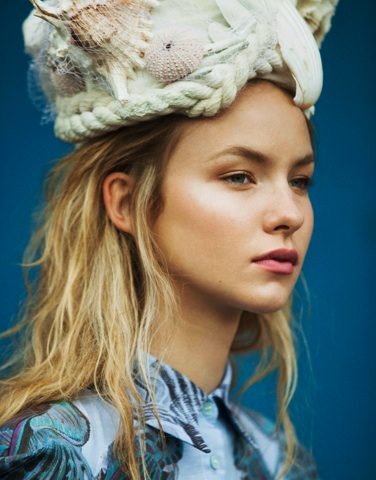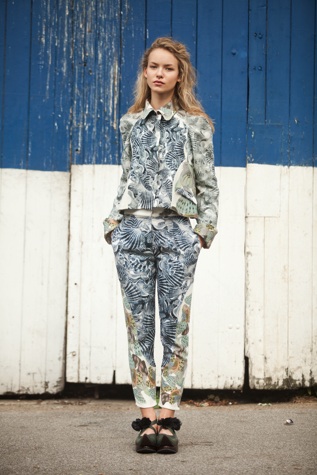KEIKO NISHIYAMA
PEOPLEText: Mike Sullivan

You studied for your BA in Japan, but for your MA in the UK. What prompted this move to another country?
When I studied Fashion and Art at Joshibi University in Tokyo I found that their teaching style is more artistic and conceptual rather than teaching only practical fashion study. Research is crucial to developing our creations and I realised that I wanted to produce my own fashion brand which was really concerned with not only physical aspects but also mental aspects. Then I found that the London Art and design University is teaching exactly what I wanted to learn and I could challenge myself. So this is my reason for why I am working as a designer in London now.

Can you tell us about your work process? Do you start from sketching? How do you select your materials?
Research is my crucial and fundamental development. Even if I have already ideas and images, I bring together my effort and curiosity and often go to the Natural History Museum and Library (recently this has been my usual research location).
When I have got the reason and direction for my season concept, I then start drawing the textile and sketching the silhouette.

Your MA collection was known as ‘Anthology of Art’ – how were you inspired by English gardens?
I did research in order to discover the essence and significance of the picturesque garden, and appreciate it as a great achievement within horticulture. The picturesque garden and its revolutionary methods, philosophies and aesthetics developed alongside England’s historical and cultural development.
A primary importance is the technique of ‘Perspective’, which was influenced by the naturalistic Italian landscape painters. I create the illusion of distance on the garments in the same way that perspective is employed within the picturesque garden. It was also necessary to conduct research on English botany, which required visits to the science and national museums to investigate which flowers are indigenous and which are alien to England. There were more than 9000 imported varieties, and 200 native varieties. During the research process I looked at many valuable books. This provided a first-hand glimpse into the botanical world of many years ago and this inspired the idea of printing ‘hybrid imported plants’ in which new flowers were mixed to create an atmosphere of mystery. All of the draft prints had to be hand-drawn. Further time was required to create the illusion of distance using photoshop to rearrange and reposition the flowers.
Read more ...





